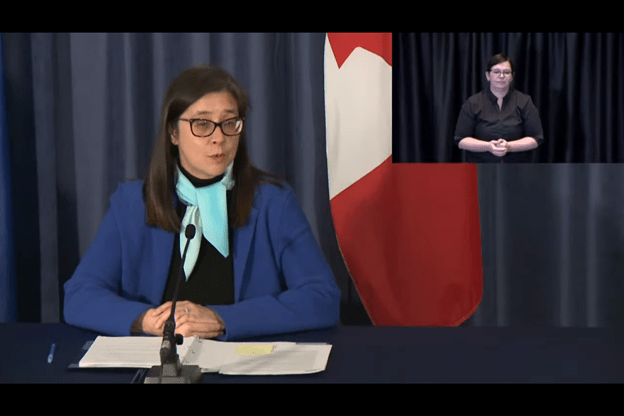Data from Toronto Public Health shows COVID-19 cases in the city overwhelmingly consist of people from racialized communities.
Despite visible minorities making up 52 per cent of the city’s population, they make up 79 per cent of its COVID-19 cases. Certain areas, such as northwest Toronto and Thorncliffe Park, are home to the city’s largest racialized communities, and have recorded its highest case positivity rates. On the other hand, East Asians and White Canadians are less likely to contract the virus.
Eileen de Villa, Toronto’s medical officer of health, has stated that this disparity occurs in part due to income inequality among ethnic groups. For example, low-income households are 1.9 times as likely to report a COVID-19 infection, but 2.7 times more likely to have a hospitalization.
“Evidence shows racialized and immigrant communities are more likely to work in front-line and essential work, like healthcare and supportive services, putting them at higher risk for contracting COVID-19,” she stated.
Dr. Dennis Raphael, a professor in the Faculty of Health, also asserts that racialized communities suffer more from COVID-19 because of factors such as working at high-risk occupations, but also due to their living conditions in general.
“Emerging data from Toronto shows greater incidence and hospitalizations among those of low income, especially those who are racialized or immigrants. It is not clear whether this greater susceptibility to illness is due to physiological factors related to suppressed immune system functioning or whether people with lower incomes are working in environments where protection measures are inadequate. Crowded housing is also a possible factor.”
Raphael, along with Dr. Toba Bryant and Dr. Scott Aquanno from Ontario Tech University, coauthored a paper in which they called for higher living standards in general for low-income workers through better governance and equitable support systems.
“The pandemic has served to expose the profound weaknesses of the Canadian welfare state.
It has become increasingly clear that the very workers who now ensure the operations of grocery stores and provide medications and care for the elderly, among other important work, deserve job security, a living wage, access to affordable housing, and free public transit,” Raphael says.
Measures have been taken by Toronto Public Health to combat outbreaks in racialized neighbourhoods, including increased testing, targeted community outreach and engagement efforts, and addressing the threat of eviction and improved emergency assistance for low-income families.
On February 3, Toronto reported 444 new cases of COVID-19, 199 in Peel and 110 in York Region. Ontario reported a total of 1,172 new cases and 67 deaths.


